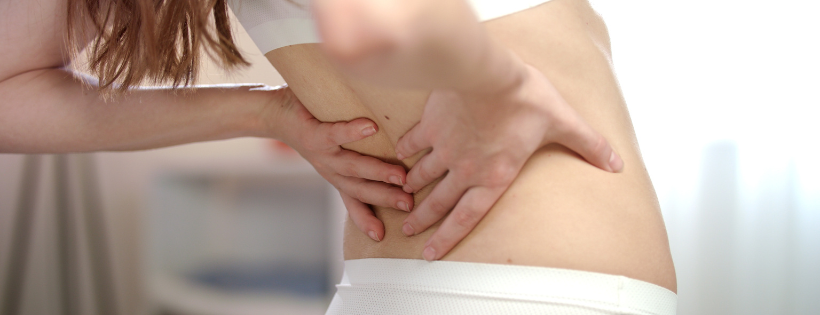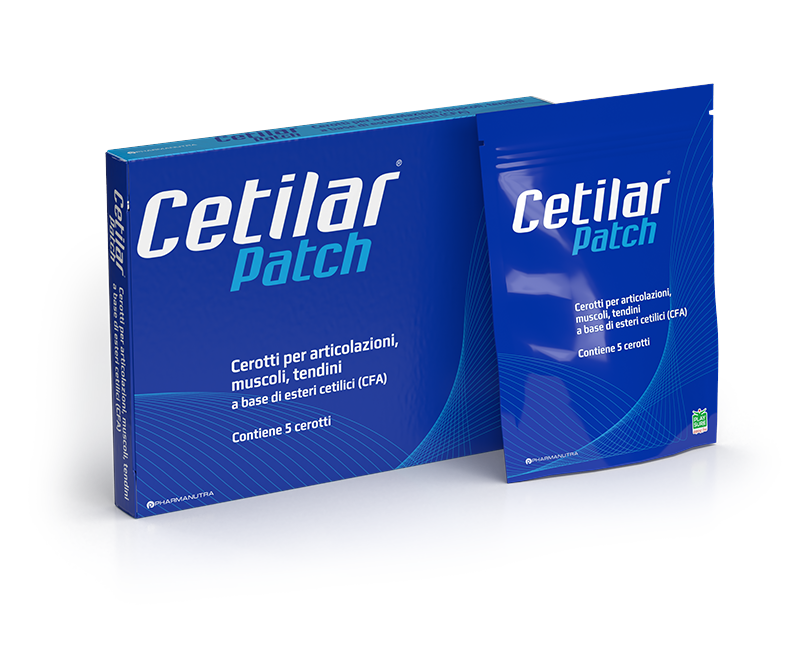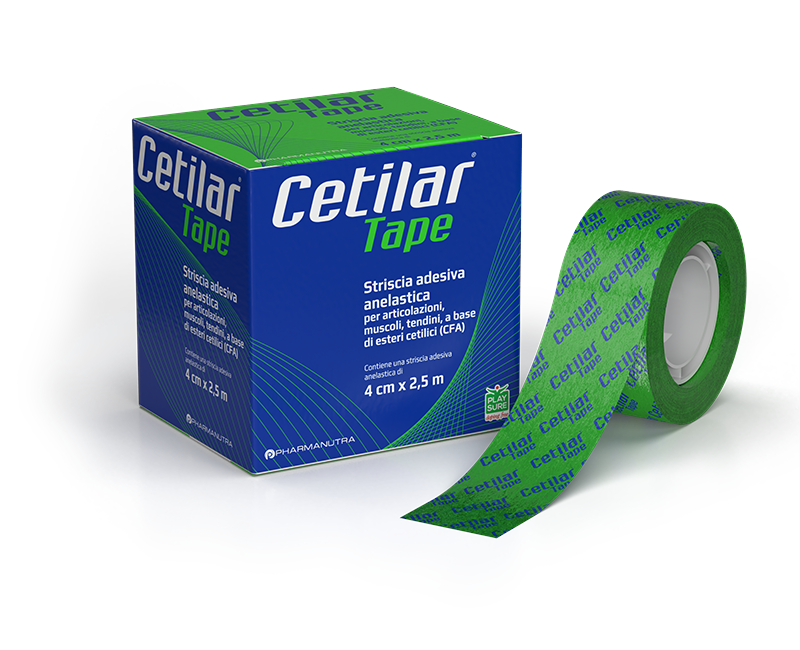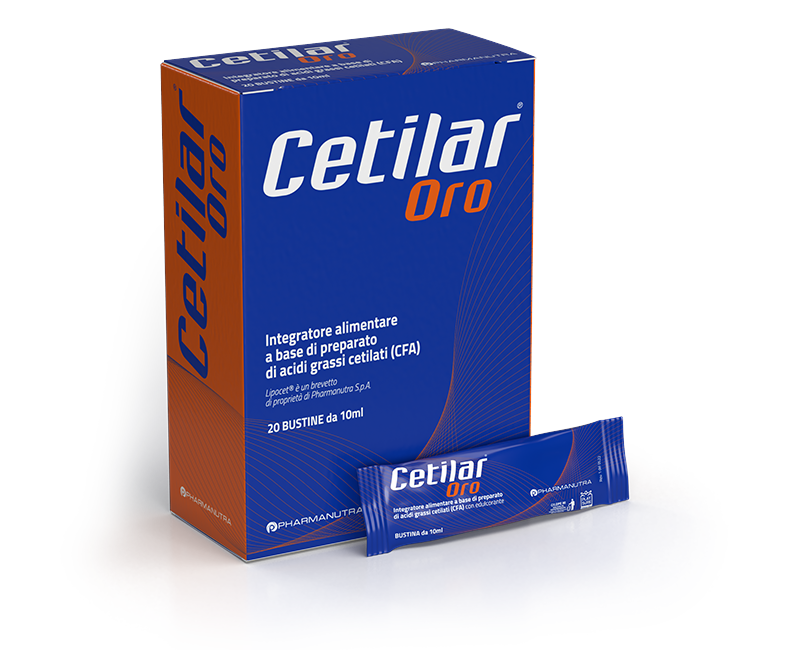Lumbar radiculopathy: treatment, recovery and useful exercises

Lumbar radiculopathy, commonly known as sciatica, is a painful condition involving the lumbar spine and the sciatic nerve. The condition can cause intense and debilitating pain that radiates from the lower back down to the legs.
In the following article, we will explore in detail the anatomy of the lumbar spine and sciatic nerve, the symptoms and causes of lower back pain, as well as the available treatments, recovery process, and useful exercises to relieve pain and prevent recurrence.
Anatomy of the Lumbar Spine and Sciatic Nerve
Lumbar Spine
The spinal column consists of 33 vertebrae divided into five regions: cervical, thoracic, lumbar, sacral and coccygeal. The lumbar spine, located in the lower back, consists of five vertebrae (L1-L5), which are the largest and strongest in the spine. They are designed to support most of the body weight and allow a wide range of movement.
The lumbar spine is particularly susceptible to injuries and pain due to the biomechanical stress to which it is subjected on a daily basis. The lumbar vertebrae are separated by intervertebral discs, which function as shock absorbers and give the spine flexibility. The surrounding ligaments and muscles provide additional support and stability.
Sciatic Nerve
The sciatic nerve is the longest and widest nerve in the human body and originates from the combination of nerve roots emerging from the L4-S3 spinal segments. The sciatic nerve travels down the pelvis, through the buttocks, and down the back of the leg to the foot. It is responsible for the motor and sensory innervation of the lower body.
Symptoms and Causes of Lumbar Radiculopathy
Symptoms
Lumbar radiculopathy manifests itself mainly with a sharp or dull pain radiating from the lower back along one or both legs, following the path of the sciatic nerve. The most common symptoms include:
- Lower back pain radiating to the buttock and leg;
- Numbness or tingling in the leg or foot;
- Muscle weakness in the affected leg;
- Difficulty walking or maintaining an upright back posture.
Causes
There are many causes of lumbar radiculopathy, including:
- Discus hernia: One of the most common causes is a protrusion of the intervertebral disc nucleus, which compresses the sciatic nerve.
- Spinal stenosis: A narrowing of the spinal canal that can put pressure on nerves.
- Piriformis syndrome: The piriformis muscle irritates or compresses the sciatic nerve, causing a condition that simulates an actual lumbar radiculopathy
- Traumatic injuries: Accidents or falls that damage the spine.
- Spondylolisthesis: The sliding of one vertebra over another.
Treatment of lumbar radiculopathy
The treatment of lumbar radiculopathy depends on the severity of the symptoms and the underlying cause. Treatment options can be divided into non-surgical and surgical treatments.
Non-Surgical Treatments
- Rest and Modification of Activities: Initially, it may be helpful to reduce activities that aggravate the pain. However, prolonged bed rest is not recommended as it can make symptoms worse.
- Drugs: Over-the-counter pain relievers (such as acetaminophen/paracetamol) and non-steroidal anti-inflammatory drugs (NSAIDs) can relieve pain and reduce inflammation. In some cases, muscle relaxants or corticosteroids may be prescribed.
- Physiotherapy: A physiotherapist can develop a bespoke exercise programme to improve strength, flexibility and posture. Manual therapies, like some instrumental therapies, can also be helpful.
- Epidural injections: In some cases, corticosteroid injections into the epidural space can reduce inflammation and pain.
- Ozone Therapy: Local infiltrations of ozone often prove useful in reducing symptoms.
Surgical Treatments:
Surgery is only considered when non-surgical treatments have been unsuccessful and symptoms are severe or debilitating. Common surgical procedures include:
- Microdiscectomy: Removal of herniated disc material compressing the sciatic nerve.
- Laminectomy: Removal of part of the vertebra to relieve pressure on the nerves.
Recovery and Prevention
Recovery from lumbar radiculopathy varies depending on the cause and severity of symptoms. Most people improve with conservative treatment within six weeks. However, it is important to follow a prevention plan to avoid recurrences.
Prevention
- Regular Physical Exercise: Stick to an exercise routine that strengthens the back and core muscles. Regular physical activity can prevent injury and keep the spine healthy.
- Correct Posture: Adopt correct posture during daily activities and especially when lifting heavy objects.
- Healthy Body Weight: Maintain an appropriate body weight to reduce stress on the spine.
- Avoid Sudden Movements: Avoid sudden movements and twisting of the spine that can cause injury.
Useful Exercises to Relieve Lumbar Radiculopathy
Exercises are a fundamental part of the treatment and prevention of lumbar radiculopathy. Below are some useful exercises that can be performed with the approval of a health professional.
Stretching the Piriformis
- Lie on your back with your knees bent.
- Cross the ankle of the affected leg over the knee of the other leg.
- Grasp the thigh of the unaffected leg and pull it gently towards your chest.
- Hold the position for 30 seconds and repeat 3 times on each side.
Stretching the Ischiocrural Muscles
- Lie on your back and lift one leg while keeping it straight.
- Grasp the back of the thigh with both hands.
- Gently pull your leg towards your chest while keeping the other leg bent on the floor.
- Hold the position for 30 seconds and repeat 3 times on each side.
Lumbar Extension
- Lie on your stomach with your hands under your shoulders.
- Push with your hands to lift your upper body, keeping your hips in contact with the floor.
- Hold the position for 5-10 seconds and repeat 10 times.
Core Strengthening
- Lie on your back with your knees bent and your feet resting on the floor.
- Tense your abdominal muscles and slowly lift your pelvis off the floor.
- Hold the position for 5 seconds and then slowly lower your pelvis.
- Repeat 10-15 times.
Conclusion
Lumbar radiculopathy is a common condition that can cause significant pain and limit daily activities. Understanding the anatomy of the lumbar spine and sciatic nerve is crucial to identifying the causes and adopting the most appropriate treatment. With a multidisciplinary approach that includes rest, medication, physiotherapy and, in some cases, surgery, it is possible to effectively manage symptoms and promote recovery.
Specific exercises play a crucial role, both in the treatment and prevention of low back pain. It is important to perform them regularly and correctly, under the guidance of a healthcare professional. Adopting an active lifestyle and maintaining good posture are key strategies for preventing future recurrences and maintaining a healthy spine.
Investing in your health and well-being by finding out about and adopting preventive practices can make a big difference to your quality of life, reducing the risk of lumbar radiculopathy and improving daily function.



